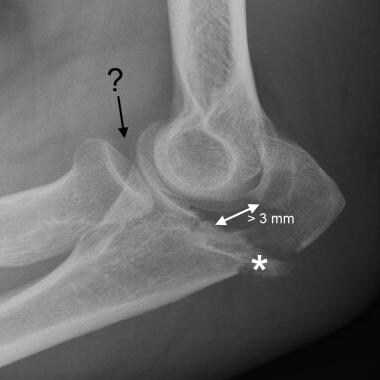
A 76‐year‐old female presents to the Emergency Department with left elbow pain after a fall from standing height after tripping on the carpet in her nursing home.Jupiter MD 2ġMassachusetts General Hospital, Boston, MA, USAĢHarvard Medical School, Boston, Massachusetts General Hospital, Boston, MA, USA It does not store any personal data.Michael C.

The cookie is set by the GDPR Cookie Consent plugin and is used to store whether or not user has consented to the use of cookies. The cookie is used to store the user consent for the cookies in the category "Performance". This cookie is set by GDPR Cookie Consent plugin. The cookie is used to store the user consent for the cookies in the category "Other. The cookies is used to store the user consent for the cookies in the category "Necessary". The cookie is set by GDPR cookie consent to record the user consent for the cookies in the category "Functional". The cookie is used to store the user consent for the cookies in the category "Analytics". These cookies ensure basic functionalities and security features of the website, anonymously. Necessary cookies are absolutely essential for the website to function properly. Figure 2 - An olecranon process fracture, on lateral plain radiograph Management There are a variety of different classification systems used in describing olecranon fractures, including the Mayo classification and the Schatzker classificationĬT imaging can be useful in evaluating more complex injuries and degree of comminution. Generally, olecranon fractures are easily identifiable on a lateral projection and with the pull of the triceps have a degree of displacement. Initial imaging should be via plain antero-posterior and lateral radiographs, of both the affected joint and potentially joints above and below too. *In minimally displaced olecranon fractures, extension is preserved (albeit tender) due to the soft tissue attachments that remain intact InvestigationsĪll patients admitted should have routine blood tests taken, including clotting screen and group and save. Therefore, the shoulder and wrist joints should also be examined. Other injuries associated with a fall on an outstretched hand include wrist ligament and bony injuries and radial head fractures. Ensure to check the neurovascular status of the affected limb. The disruption to the triceps mechanism means often there is an inability to extend the elbow against gravity*. On examination, there is typically tenderness when palpating over the posterior aspect of the elbow, with a potential palpable defect present. Olecranon fractures typically present with a history of falling on an outstretched hand followed by elbow pain, swelling, and lack of mobility. Figure 1 - Anterior and posterior views of the articulations of the elbow joint Clinical Features There is a very high rate of removal of metalwork, as due to the very superficial nature of the injury, it often impacts the patient significantly.Non-operative management is usually indicated for displacement 2mm, requiring (depending on fracture configuration) techniques such as tension band wiring (if fracture proximal to the coranoid process) or olecranon plating (if at level of, or distal to, the coranoid process) may be used.Management will often vary between centre, surgical preference, and patient factors, however as an overview: Any complex injuries such as fracture dislocations or neurovascular compromise should warrant urgent senior discussion. Treatment is usually guided by the degree of displacement on imaging. Less commonly, in younger patients, these are high energy injuries resulting from direct trauma and may be associated with other forearm injuries or fractures.Įnsure the patient is resuscitated appropriately and stabilised, prior to definitive management of the fracture. The triceps muscle will also act to further distract the fracture this is important to appreciate as it influences the management of these injuries. Fractures of the olecranon typically result from indirect trauma when a patient falls on an outstretched arm, resulting in the sudden pull of the triceps (and brachialis) muscle. The olecranon is the site of insertion for the triceps muscles. It articulates with the trochlea of the distal humerus and therefore all olecranon fractures are intra-articular fractures. The olecranon is the region of the proximal ulna from its tip to the coronoid process.

In this article, we will look at the pathophysiology, clinical features, investigations and management of olecranon process fractures. They occur with a bimodal age distribution occurring in the young following high energy injuries or (more commonly) in older patients following low energy indirect injuries. Olecranon process fractures are relatively common fractures of the upper limb.


 0 kommentar(er)
0 kommentar(er)
